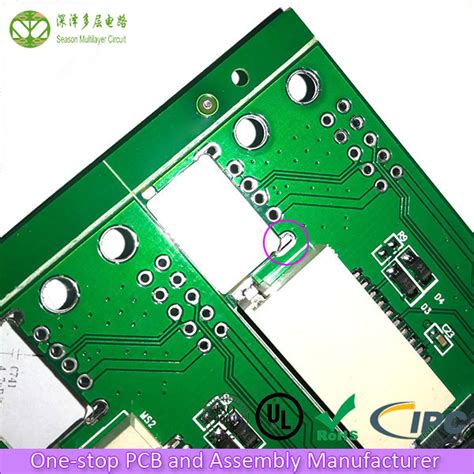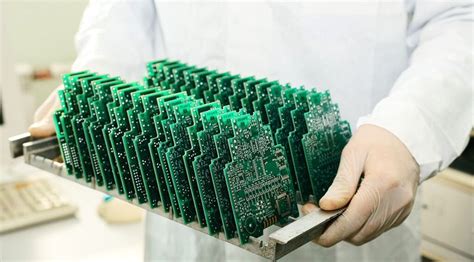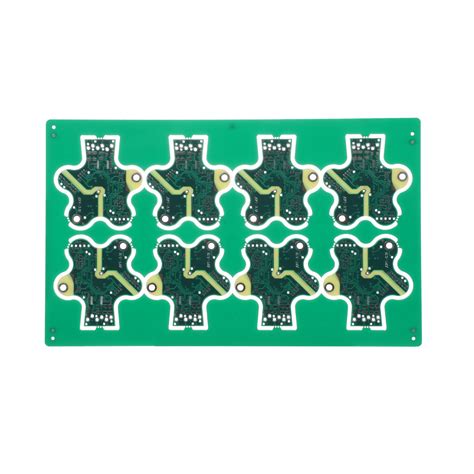Solving EMC/EMI Challenges in LED Power Supply Design
Introduction
The rapid adoption of LED lighting across residential, commercial, and industrial applications has brought significant advancements in energy efficiency and longevity. However, one of the persistent challenges in LED power supply design is managing Electromagnetic Compatibility (EMC) and Electromagnetic Interference (EMI). These issues can lead to performance degradation, regulatory non-compliance, and even failure of nearby electronic devices.
This article explores the root causes of EMC/EMI in LED power supplies, discusses key mitigation techniques, and provides practical solutions to ensure compliance with international standards.

Understanding EMC and EMI in LED Power Supplies
1. What Are EMC and EMI?
- EMI (Electromagnetic Interference): Unwanted electromagnetic emissions that disrupt the operation of other electronic devices.
- EMC (Electromagnetic Compatibility): The ability of a device to function properly in its electromagnetic environment without introducing intolerable disturbances.
LED drivers, particularly switch-mode power supplies (SMPS), are major sources of EMI due to high-frequency switching operations.
2. Sources of EMI in LED Power Supplies
- Switching Transients: Fast switching of MOSFETs/transistors generates high-frequency noise.
- Parasitic Elements: Stray capacitance and inductance in PCB traces and components contribute to EMI.
- Ground Loops: Improper grounding creates noise coupling paths.
- Diode Recovery Noise: Reverse recovery of rectifier diodes introduces high-frequency ringing.

Key EMC/EMI Challenges in LED Power Design
1. High-Frequency Switching Noise
Modern LED drivers use high-frequency switching (kHz to MHz range) to improve efficiency, but this also increases EMI radiation.
2. Conducted and Radiated Emissions
- Conducted EMI: Noise travels through power lines.
- Radiated EMI: Noise propagates through the air as electromagnetic waves.
3. Compliance with Regulatory Standards
LED power supplies must meet stringent EMC regulations such as:
- CISPR 15 (EN 55015) – Limits for lighting equipment.
- FCC Part 15 (USA) – EMI requirements for electronic devices.
- IEC 61000-4-x – Immunity standards.
Failure to comply can result in product recalls or market restrictions.
Effective Solutions for EMC/EMI Mitigation
1. Proper PCB Layout Techniques
- Minimize High-Frequency Loops: Keep switching current paths short.
- Ground Plane Design: Use a solid ground plane to reduce noise coupling.
- Component Placement: Position noisy components (MOSFETs, diodes) away from sensitive circuits.
2. Filtering and Shielding
- Input EMI Filters: Use common-mode chokes (CMC) and X/Y capacitors to suppress conducted noise.
- Ferrite Beads: Effective for high-frequency noise suppression.
- Shielding: Metal enclosures or conductive coatings can block radiated EMI.
3. Snubber Circuits
- RC Snubbers: Dampen voltage spikes caused by switching transitions.
- RCD Clamp Circuits: Used in flyback converters to limit voltage overshoot.
4. Soft Switching Techniques
- Zero Voltage Switching (ZVS) / Zero Current Switching (ZCS): Reduces switching losses and EMI by minimizing abrupt transitions.
5. Spread Spectrum Frequency Modulation (SSFM)
Modulating the switching frequency spreads EMI energy across a wider band, reducing peak emissions.
6. Proper Grounding Strategies
- Star Grounding: Prevents ground loops by connecting all grounds at a single point.
- Separate Analog/Digital Grounds: Avoids noise coupling between sensitive circuits.
7. Component Selection
- Low-ESR Capacitors: Reduce high-frequency ripple.
- Fast-Recovery Diodes: Minimize reverse recovery noise.
- Shielded Inductors: Reduce magnetic field radiation.

Testing and Validation
To ensure compliance, LED power supplies must undergo rigorous EMC testing:
- Conducted Emissions Test (9 kHz – 30 MHz)
- Radiated Emissions Test (30 MHz – 1 GHz)
- Immunity Testing (ESD, Surge, EFT)
Simulation tools like SPICE, ANSYS HFSS, and CST Studio can predict EMI behavior before prototyping.
Conclusion
EMC/EMI challenges in LED power supply design require a systematic approach involving proper PCB layout, filtering, shielding, and advanced switching techniques. By implementing these strategies, engineers can achieve regulatory compliance while ensuring reliable and interference-free operation.
As LED technology evolves, future advancements in wide-bandgap semiconductors (SiC/GaN) and intelligent EMI suppression algorithms will further enhance EMC performance. Designers must stay updated with the latest standards and mitigation techniques to deliver robust LED lighting solutions.






